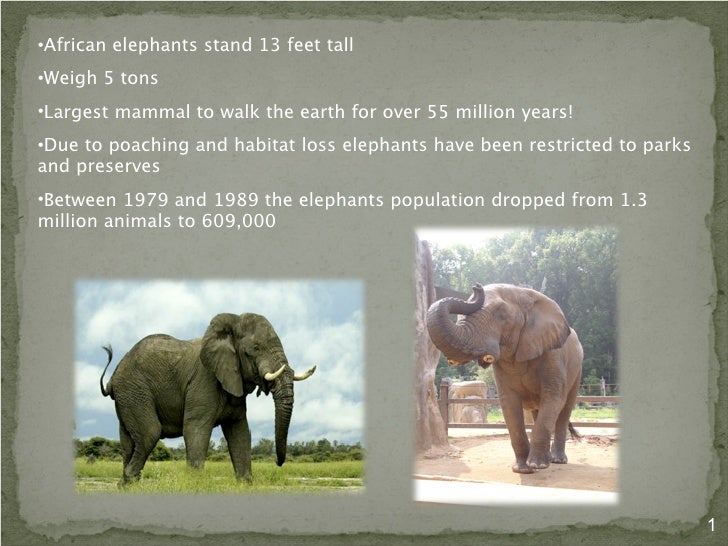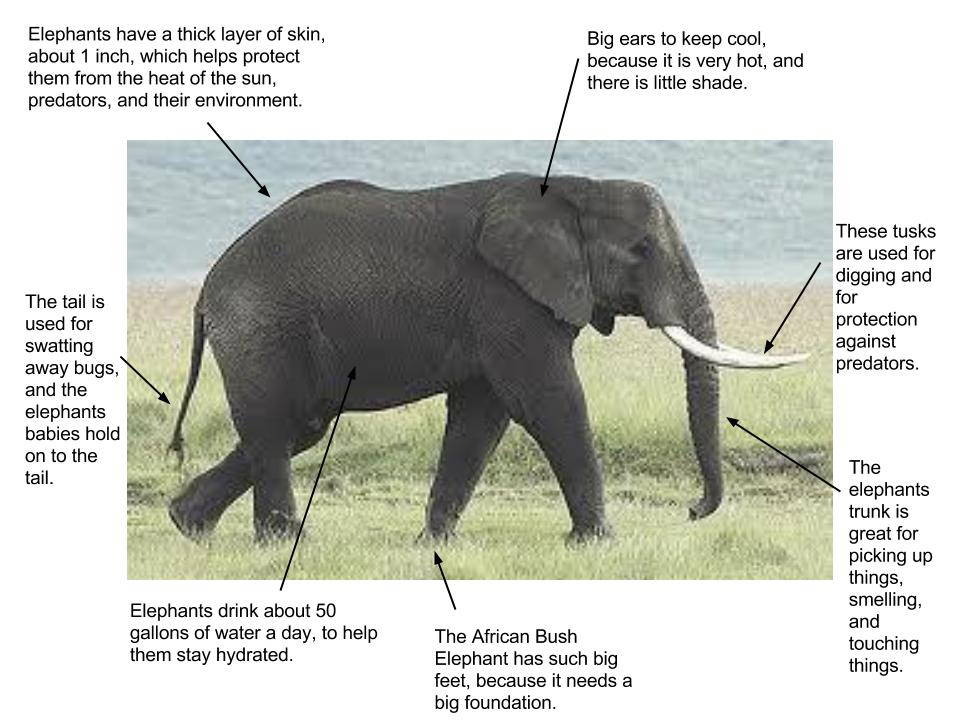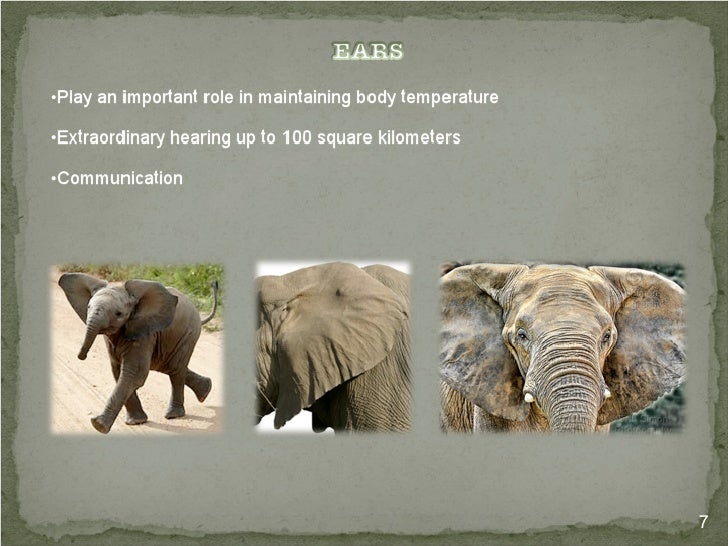The polar bear’s white fur is an adaptation to their lifestyle on the arctic ice pack. Because of the trunk, elephant has a strong sense of smell.
Physical Adaptations of Elephants Animals mom.me
Behavioral adaptations can be instinctive or learned.

Animal adaptations elephant. Animals have a wide range of structural adaptations including sharp claws to catch prey, dig burrows or scratch trees to signal territories. The elephant has adapted to the rainforests in its own unique way. Elephant seal blubber layer may be 6 inches thick.
Animal adaptations | pdf | adaptation | elephant. This is key to the difference between an animal's adaptation and ability. Some examples of physical adaptations are:
The shape of a bird’s beak helps them to eat food as well as make nests. One also gets to see a great deal of diversity when it comes to the height of herbivorous animals found in grasslands. It is estimated that nearly 60 percent of elephant feces is undigested or partially digested vegetation.
Behavioral adaptations allow animals to respond to life needs. Sometimes elephant seals sleep in tidepools or rain puddles. The elephant uses its long trunk to pick up food like grass and plants, and put into its mouth.
This process can lower their blood temperature by more than 10 degrees fahrenheit. The musth secretion increases gradually until the bulls reach their 40's, after which, it declines in strength and intensity. They have adapted to a carnivorous lifestyle.
Physical adaptations help an animal find and consume food, defend itself, and to reproduce its species. Many animals are able to engage in certain behaviors which have no discernible function and may. Their smaller size also means that they need less water to survive.
Since they're unable to sweat, they've adapted another solution. The scratching of trees is a behavioural adaptation. They flap their large ears to help cool the blood in their capillaries and distribute the cooler blood through their bodies.
Asian elephants are very strong, social and intelligent animals. Elephants live in hot conditions and need to be able to cool themselves down. Furthermore, when it comes to self defense, their size in itself is one of the best adaptations for large animals like the african elephant and rhino.
The adaptation of animals and plants to their environment is a series of varied biological processes with varying purposes, but the general purpose is the continued survival of the species. Dog, cats, tiger, lion, elephant, camel, horses etc live on open land. Elephants eat enormous amounts of vegetation daily , but the digestive system only uses about 40 percent of the intake.
So much blubber makes it hard to stay cool on land. Assign small groups or pairs one of the following animals to research and have them complete the worksheet. Animals depend on their physical structure to help them find and eat food, to build shelters, to protect from predators, and to reproduce.
Elephants and other species are quickly adapting to. Their thick blubber helps keep them warm and their big furry feet help them walk in the snow. This is a good adaptation for staying cool and losing less water to evaporation.
The elephant uses the trunk to smell. These elephants also have slightly longer trunks to allow them to dig down into the sand in search of the water that might be running underground. Ask them to research a specific arctic animal, native to the beaufort sea and surrounding arctic regions, and the ways in which the animal has adapted to such a harsh environment.
They have adapted to their environment as it changes which has helped them survive in their natural habitat. Male elephants first experience musth about three years after sexual maturity (between eight and 15 years of age) is reached. Camouflage mimicry chemical defenses body coverings & parts.
The elephant picks up its food using this. Even after all of these years, elephants seem as captivating and mysterious as they are large and powerful. Elephants have a slow pulse of 27 and for a canary it is 1000!
Their big ears and wrinkly skin help them stay cool. Elephants have many adaptations that allow them to thrive in their warm habitats. Behavioral physical adaptations are body structures.
Female african elephants experience a much less intense form of musth. It has a nose in the form of a long trunk which is equipt with a strong sense of smell. Animals have adaptations that help them survive in the wild.
There are 2 ways to describe adaptations: • snakes have scales that help body to crawl. Camel’s long leg, eyelids, hump are all examples of adaptation.
This worksheet helps children pierce this mystery by teaching them about the features and adaptations of the elephant, helping grow their educational world by growing their knowledge of the world. The other two main adaptions found in the elephants is their use of water and their feeding patterns. Weinberg behavioral adaptations are animals actions.
Wildlife is adapting to poaching, climate change, and pollution, but it’s not enough to prevent extinction. The trunk of an elephant is an elongated nose. • strong legs help them to cover long distance in search of food and water.
One way they cool down is by flapping their ears to fan themselves. It is also used for breathing. Elephant seals also flip cold, damp sand on their backs to reflect the sun away and stay cool.
I used this elephant information placemat to support my lower readers when sourcing information for a report on elephants.

The Life of the Endangered African Elephant and it's

Grassland Animal Adaptations Science Struck

Adaptations Ecology of the African bush elephant

PPT Inherited Traits (what are animals born with

ANIMAL ADAPTATIONS by Jamie Edmondson

amazing cochin / kochi Athirappilly WaterFalls

IntlElephantFoundatn on Twitter Fun fact friday

Animal Adaptations chessmans art gallery

How an Elephant's Ears Help Control Its Temperature
Physical Adaptations of Elephants Animals mom.me

The Life of the Endangered African Elephant and it's

Elephant Adaptations In The Savanna
The African Elephant South Africa

PPT ANIMAL ADAPTATIONS PowerPoint Presentation, free

Elephant adaptations Science Grade 4 Pinterest The

elephants and a calf Earth Buddies
